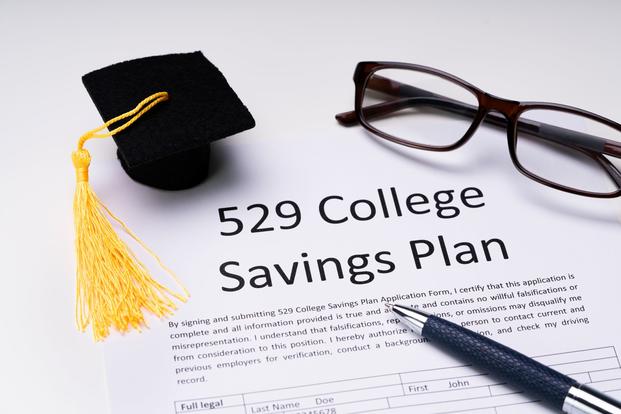Some 16 million kids will head back to college in the coming weeks. It's an exciting time of the year.
But as the country grapples with solutions to address the student-loan crisis, it's also a reminder of the importance of planning and executing post-secondary education in a way that doesn't leave you, or your kids, grappling for financial fixes.
According to the Federal Reserve, Americans owe more than $1.7 trillion in student-loan debt, and over the last three years, that number has remained stable. It's a piece of the American Dream -- or nightmare -- you should do your best to avoid.
There is some good news: It's not too late to take a few precautionary steps. Here are five ideas to do just that.
1. Be Aware of the Costs
The College Board pegged last year's cost for a public in-state university at about $23,000. Go private, and that rises to $53,000. Either way, that's big bucks. And if you've got a newborn and costs keep rising like they have done in recent years, you're talking about $50,000 a year by the time he or she is ready for an in-state public education. Be aware of these numbers as you plan and save.
2. Account for Future Income Before Taking on Debt
I'm still shocked when I talk with folks carrying six-figure college debts but earning only a modest post-graduation income. What's the expected salary for one year in your child's new profession? They should try to leave school with no more debt than that amount. That calculation likely will have a bearing on where they go to school. If they expect only a modest income after they graduate, they may want to avoid a pricey private school. The Bureau of Labor Statistics website is a nice way to check out the earnings potential of just about any occupation.
3. Recognize that Not All Financial Aid Is Actually Aid
Completing the Free Application for Federal Student Aid is a must to obtain financial aid, but be wary of aid that comes in the form of loans. Borrow only what you need and seek out helpful aid, such as grants and scholarships, to foot the bill. Last year, 26% of college costs were paid with scholarships or grants, according to education-lending giant Sallie Mae. Check with employers, charitable groups and professional organizations for opportunities to earn grants and scholarships and then apply. Free money is a good way to pay for college.
4. Speaking of Loans ...
If you must borrow, start (and hopefully end) with federal loans. They offer competitive interest rates, flexible payback options and even forgiveness programs. The federal government provides a wealth of great information at studentaid.gov.
5. It's Not Too Late to Save
Every bit helps. A dollar saved is a dollar you don't have to borrow. That means it's never too late to start stashing money away, and 529 savings plans can be a great way to do that.
Education is good. Completing your education in a way that doesn't leave you saddled with debt and looking for options is great.
Keep Up With Military Pay Updates
Military pay benefits are constantly changing. Make sure you're up to date with everything you've earned. Subscribe to Military.com to receive updates on all of your military pay and benefits, delivered directly to your inbox.




